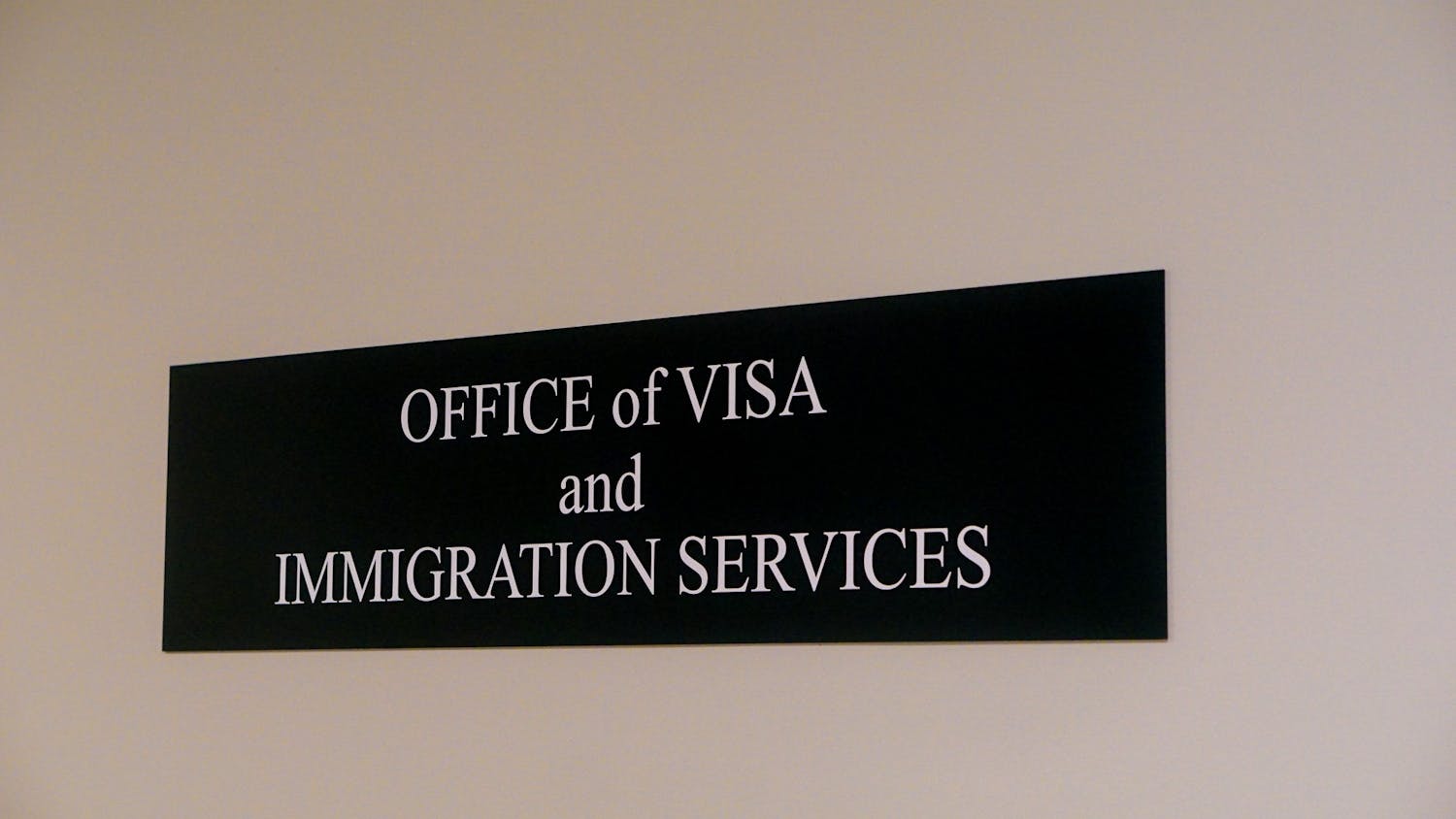According to a study conducted by Georgetown University associate professor Peter Hinrichs, the pace of desegregation in American higher education may have slowed in recent years, Inside Higher Education reported. Hinrichs presented his findings at a meeting of the American Economic Association on Friday. Hinrichs focused his study on black and white students and used data filed at every college since the 1950s to measure "exposure" and "dissimilarity." Exposure is the percentage of black students who attend colleges where white students are also present and vice versa, and dissimilarity is a measurement of the similarity of institutions attended by students of either race. Hinrichs argued in his study that more black students have been enrolling at institutions with high percentages of minority students. In addition, the rate of decrease in the dissimilarity between the colleges black students and white students attend has slowed. Hinrichs also found that in states that have banned affirmative action, black students became more "exposed" to white students, suggesting that admissions without regard to race may actually reduce racial segregation.
At least 24 private institutions of higher education froze their tuitions this year and eight lowered their tuitions, according to the National Association of Independent Colleges and Universities, The Washington Post reported. Other schools have opted for minimal increases in tuition. Proponents of stabilizing tuitions, including the president of Mount Holyoke College, argue that these actions could make higher education accessible to a larger population of students and decrease student debt upon graduation. Opponents of the movement, including the presidents of Vassar College and Johns Hopkins University, suggest that a freeze in tuition is only possible with corresponding cuts in financial aid, which could be devastating to low-income families. These schools instead choose to focus on working toward need-blind admissions and generous financial aid in their efforts to lower the cost of attendance for students, the Washington Post reported.
Public colleges continue to face low appropriations in funds from state governments as states push for lower-cost options in higher education, The Chronicle of Higher Education reported. Some states are now rewarding public colleges for increased graduation rates as opposed to admission rates. However, many colleges find that the improvements required to push for better educational results are hard to implement, as years of budget cuts have left programs depleted, according to the Chronicle. In response to this problem, many institutions have chosen to raise their tuition to cover the necessary costs. States are pushing colleges to lock or decrease tuition, with the governors of Florida and Texas encouraging schools to create a $10,000 bachelor's degree.



